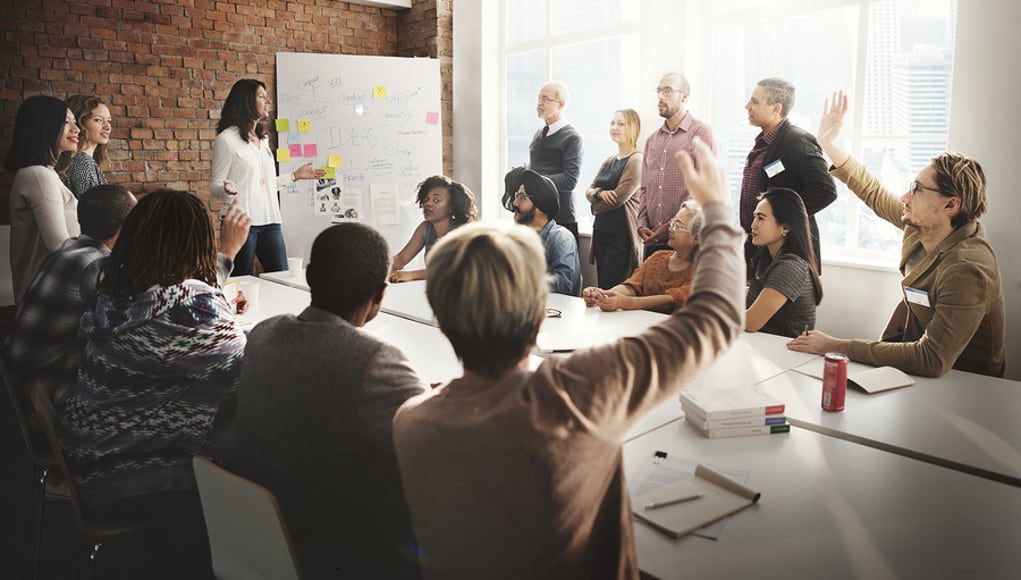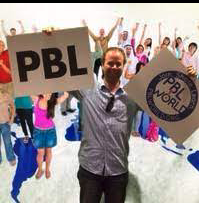The Future of Work Is the Future of Lifelong Learning

On the 26th of December, CEO Elon Musk sent out a tweet to his 17 million followers asking what he could do to improve:
Wanted again to send a note of deep gratitude to Tesla owners WW for taking a chance on a new company that all experts said would fail.
So much blood, sweat & tears from the Tesla team went into creating cars that you’d truly love. I hope you do.
How can we improve further?
— Elon Musk (@elonmusk) December 26, 2017
Within three weeks the tweet had 17,000 replies and many responses from Elon.
In a nutshell, Elon Musk had captured the essence of the changing nature of work and learning. The world is now open. This has significant implications for the preparation of future generations and, if we want to prepare our students for the future of work and learning, then we need to be preparing our teachers for the future of work and learning as well. In order to engrain the habits of metacognition and continuous improvement into both ourselves and those we serve, we need actionable behaviors that we can personally model before we will be able to develop meaningful structures and cultures that will encourage those skills. Here are six ideas to help you and your colleagues start facing this challenging requisite for success in the changing world of work and learning:
When was the last time you asked publically how you could improve? Elon Musk has thrown down the gauntlet to modern leaders. In An Everyone Culture, Robert Kegan and Lisa Laskow Lahey describe organizations that are convinced that they will thrive only when every one of their employees does. They use the term Deliberately Developmental Organizations. After reading the book, I resolved to try one of the practices suggested. At the conclusion of a faculty meeting I asked everyone to write an anonymous response to the following question: “As someone who knows me and wants to help me keep growing, what do you observe that I could be doing differently that might make me more effective?” I found the exercise affirming and beneficial and it consolidated my trust in my colleagues.
Are you refining your ability to work in teams? Teams now proliferate across domains previously dominated by commands. Amy Edmondson argues that “The knowledge-based, twenty-first-century organization depends on cross-disciplinary collaboration, flattened hierarchies, and continuous innovation.” Generating ideas to solve problems is the currency of the future, and teaming up is the way to implement and improve these ideas. We know that student learning increases in schools where teachers are reflective, collaborative, and regularly engage in meaningful dialogue with colleagues about improving their practice. Teachers get better by working in teams on teaching issues. Building lateral capacity and expertise is the best alternative to external control. The School Reform Initiative is a wealth of valuable advice and protocols for building professional capital in educators.
Do you recognize your dependence on informal networks? 80% of learning is informal and incidental, and it is often left to chance. “Workers learn more in the coffee room than in the classroom. They discover how to do their jobs through informal learning: talking, observing others, trial-and-error, and simply working with people in the know.” Companies like Google and Apple are masters at designing informal learning environments, with paintings and sofas strategically placed on landings, and kitchens and bubblers placed to facilitate easy conversation. Teachers know that their best professional conversations are in the staffroom at lunch, the car park after school, or the pub on a Friday.
Are you designing for an environment where change has become the norm? John Kotter advocates introducing a second, more organic, agile, network-like structure that operates in concert with the traditional hierarchy (which is still needed for reliability and efficiency), to create what he calls a “dual operating system.” “The successful organization of the future will have two organizational structures: a Hierarchy, and a more teaming, egalitarian, and adaptive Network,” he says. This new network structure is dynamic: initiatives merge and disperse as required with contributions from all parts of the organization, liberating information from silos and the hierarchy. A community of practice is a useful description for this sort of collaboration, a group of people who share a concern or passion and learn how to do it better as they interact.
Are you accessing a diversity of networks? People who link or bridge otherwise distinct groups and those who possess the capacity to initiate and maintain “boundary-spanning relationships” have richer access to information and resources, and greater creative capability than those with a more insular network structure. These ‘border-crossers’ who can access a diversity of networks are able to introduce new ideas, knowledge, and practices that can lead change. Searchlight intelligence is the capacity to connect dots between people and ideas, where others see no conceivable link. Maybe intelligence is more about noticing than knowing?
Are you developing emerging practices? Many of today’s biggest challenges come from complex ‘wicked problems’ that are ill-defined and sometimes impossible to solve. Complicated problems are solved with good practice, whereas complex problems are solved with emergent practices. Implementation of best practices is something you do when you know what to do; learning is what you do when you don’t know what to do.
These six practices can provide interesting starting points for discussions around the emerging networked world of work and learning.
Now, why don’t you approach three people who you trust at work and ask them:“As someone who knows me and wants to help me keep growing, what do you observe that I could be doing differently that might make me more effective?”
For more, see:
- 10 Reasons Why Lifelong Learning is the Only Option
- What’s New in Leadership? Lifelong Learning + Project Management
- How Does Wrap-Around Leadership Inspire Lifelong Learning in Principals?
Stay in-the-know with all things EdTech and innovations in learning by signing up to receive the weekly Smart Update.







0 Comments
Leave a Comment
Your email address will not be published. All fields are required.